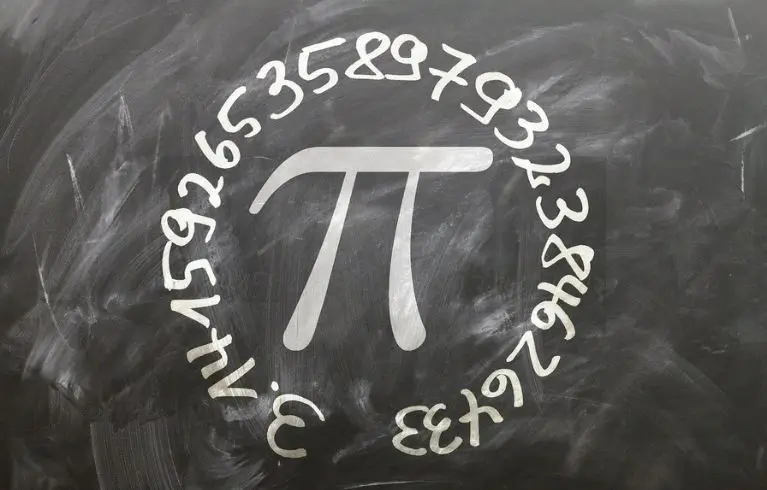Need help with Class 6 Maths? Look no further! Find comprehensive NCERT Solutions to boost your understanding and grades.
Mathematics is often regarded as the language of the universe, providing a systematic way to understand and interpret the world around us. For students embarking on their mathematical journey, NCERT Solutions serve as invaluable companions, offering clarity and guidance through each chapter. In this article, we delve into the Chapter-wise List of NCERT Solutions for Class 6 Maths, exploring the fundamental concepts covered in each segment.
List of chapters for Class 6 Maths
Chapter 1: Knowing Our Numbers
The journey begins with “Knowing Our Numbers,” where students acquaint themselves with the vast realm of numbers. From understanding place values to comparing and ordering numbers, this chapter lays a solid foundation for numerical literacy.
Chapter 2: Whole Numbers
Building upon the basics introduced in the previous chapter, “Whole Numbers” explores the properties and operations involving whole numbers. Students learn arithmetic operations such as addition, subtraction, multiplication, and division, paving the way for more complex mathematical concepts.
Chapter 3: Playing with Numbers
“Playing with Numbers” adds an element of fun to mathematical learning, as students engage in various numerical puzzles and games. This chapter fosters critical thinking and problem-solving skills, encouraging students to approach mathematical challenges with creativity and confidence.
Chapter 4: Basic Geometrical
Ideas Geometry comes alive in “Basic Geometrical Ideas,” where students explore the world of shapes, lines, and angles. Through visualizations and hands-on activities, students develop spatial awareness and geometric reasoning, laying the groundwork for advanced geometrical concepts.
Chapter 5: Understanding Elementary Shapes
“Understanding Elementary Shapes” takes students on a geometric journey, where they discover the properties and characteristics of basic shapes such as triangles, quadrilaterals, circles, and polygons. This chapter fosters geometric fluency, enabling students to recognize shapes in their surroundings and analyze their attributes.
Chapter 6: Integers
Integers, both positive and negative, take center stage in this chapter. Students learn to perform operations with integers, understand their properties, and apply them in real-world contexts. Mastery of integers equips students with a powerful tool for solving a wide range of mathematical problems.
Chapter 7: Fractions
Fractions are ubiquitous in everyday life, from dividing a pizza into equal slices to measuring ingredients in a recipe. In this chapter, students delve into the world of fractions, learning to compare, add, subtract, multiply, and divide fractions with ease and precision.
Chapter 8: Decimals
“Decimals” introduces students to the decimal system, where numbers are expressed in terms of a whole and fractional part separated by a decimal point. Through practical examples and exercises, students gain proficiency in operations involving decimals, sharpening their numerical skills.
Chapter 9: Data Handling
In an era of big data, the ability to analyze and interpret data is essential. “Data Handling” equips students with the tools and techniques to organize, represent, and interpret data using graphs, tables, and diagrams. This chapter nurtures statistical literacy, empowering students to make informed decisions based on data analysis.
Chapter 10: Mensuration
“Mensuration” explores the measurement of geometric objects in two and three dimensions. From calculating area and perimeter to finding volume and surface area, students develop a deep understanding of measurement concepts and their applications in real-world scenarios.
Chapter 11: Algebra
Algebraic thinking takes center stage in this chapter, where students learn to express mathematical relationships using symbols and variables. Through algebraic expressions, equations, and inequalities, students sharpen their problem-solving skills and explore the beauty of abstract mathematical reasoning.
Chapter 12: Ratio and Proportion
“Ratio and Proportion” introduces students to the fundamental concepts of comparison and scaling. From understanding ratios to solving proportionality problems, students learn to apply these concepts in various contexts, from financial planning to geometric similarity.
Chapter 13: Symmetry
Symmetry pervades the natural world, from the petals of a flower to the wings of a butterfly. In this chapter, students explore the concept of symmetry, identifying symmetrical figures and patterns and understanding their properties and transformations.
Chapter 14: Practical Geometry
“Practical Geometry” bridges the gap between theoretical concepts and real-world applications, as students learn to construct various geometric figures using basic tools and techniques. This hands-on approach fosters spatial reasoning and geometric creativity, empowering students to visualize and create geometric shapes with precision and accuracy.
Conclusion about Class 6 Maths
In conclusion, the Chapter-wise List of NCERT Solutions for Class 6 Maths offers a structured and comprehensive roadmap for students to navigate the fascinating world of mathematics. By mastering these fundamental concepts, students not only build a strong mathematical foundation but also develop essential skills such as critical thinking, problem-solving, and logical reasoning, which are invaluable assets in both academic and real-life settings. So, let’s embark on this mathematical journey with enthusiasm and curiosity, embracing the challenges and discoveries that lie ahead.
